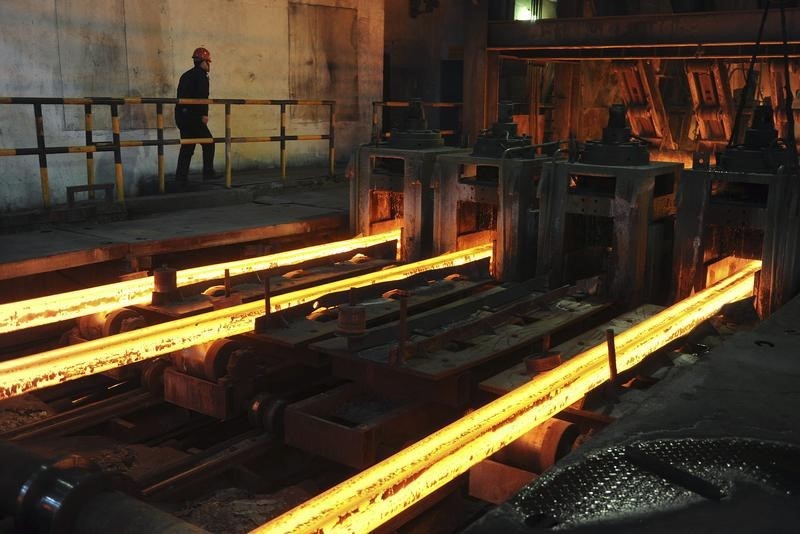By David Lawder
WASHINGTON (Reuters) – The U.S. Commerce Department on Thursday said it will set preliminary anti-dumping duties on tin-plated steel from Canada, Germany and China, in a move to shield domestic steelmakers that will prompt warnings of higher prices for cans made from the steel and the foods, paint and other products they contain.
The department said it will propose preliminary anti-dumping duties of 122.5% on tin mill steel imported from China, 7.02% on imports from Germany and 5.29% on imports from Canada. A formal Federal Register notice is expected later on Thursday.
No duties will be imposed on the steel — used in cans for food, paint, aerosol products and other containers– imported from Britain, the Netherlands, South Korea, Taiwan and Turkey, Commerce added.
The closely watched case was initiated in February after a petition from a single U.S. steelmaker, Cleveland-Cliffs (NYSE:), alleged foreign dumping in the tin-plate sector, which has seen several U.S. production facilities closed in recent years.
The Commerce Department in June announced preliminary anti-subsidy duties of 543% on tin mill imports from China’s largest steelmaker, Baoshan Iron and Steel Co, and 89% on those from all other Chinese producers as part of a separate, parallel investigation.
The other seven countries cited in Thursday’s decision were not subject to anti-subsidy investigations.
The Can Manufacturers Institute, a trade group, has argued that U.S. steelmakers currently produces less than half of the tinplate needed for domestic can manufacturing and new import duties will lead to higher material costs and food prices at a time when inflation remains elevated.
A bipartisan letter from members of Congress in June also argued that high anti-dumping duties would raise costs for canned packaging for food, aerosol products and could help Chinese producers of canned goods, leading to increased canned food imports from China.
Read the full article here










